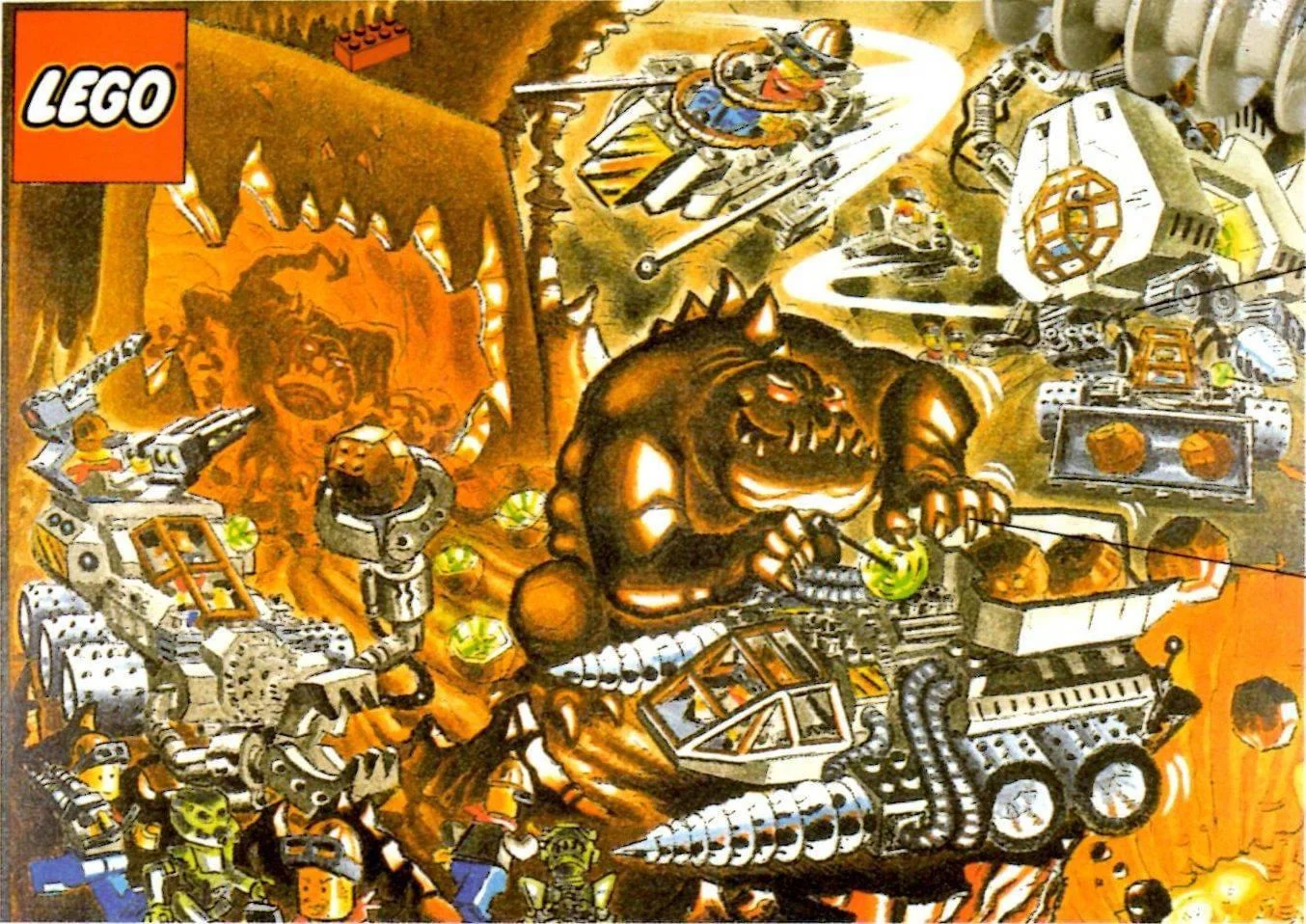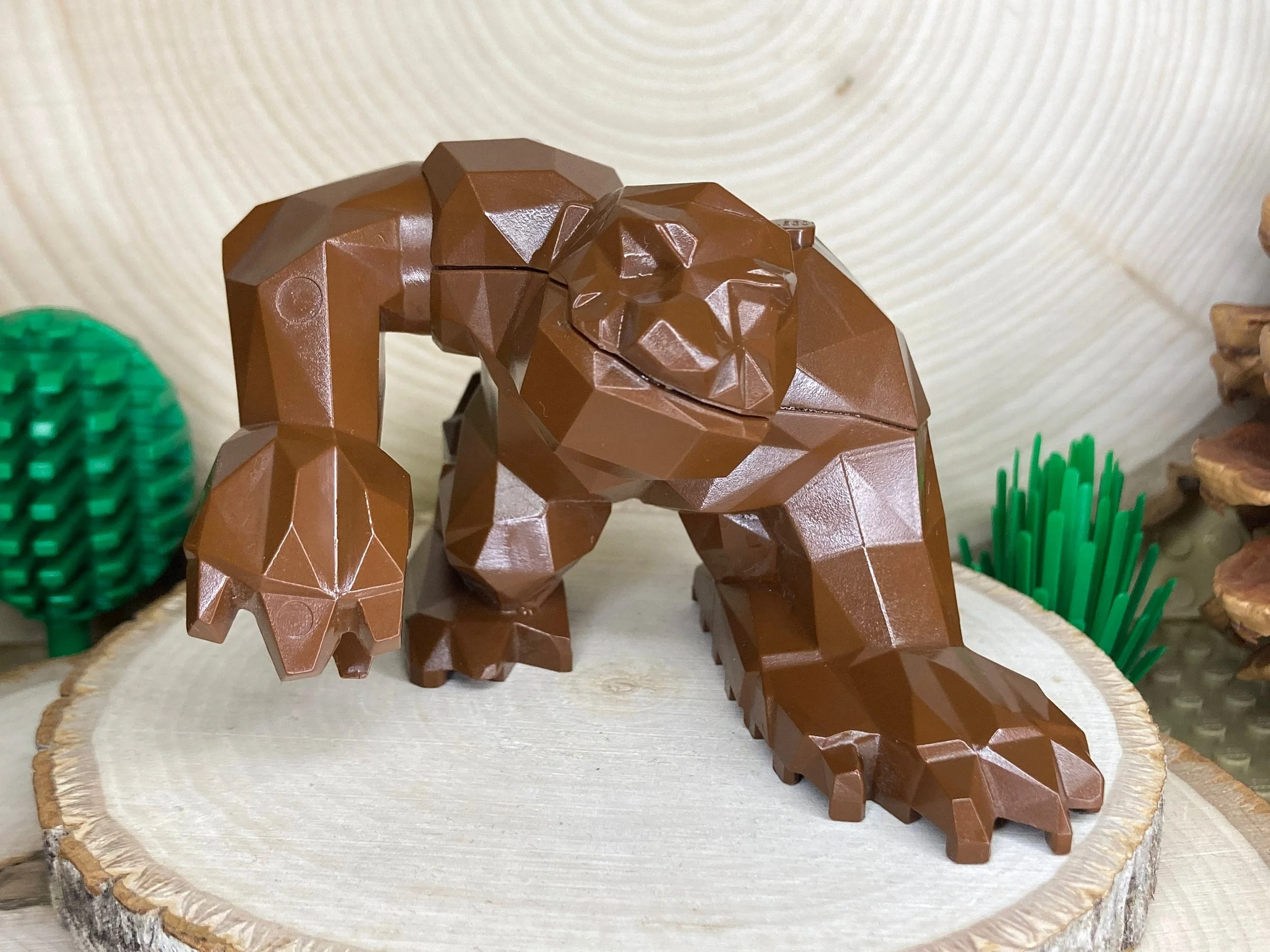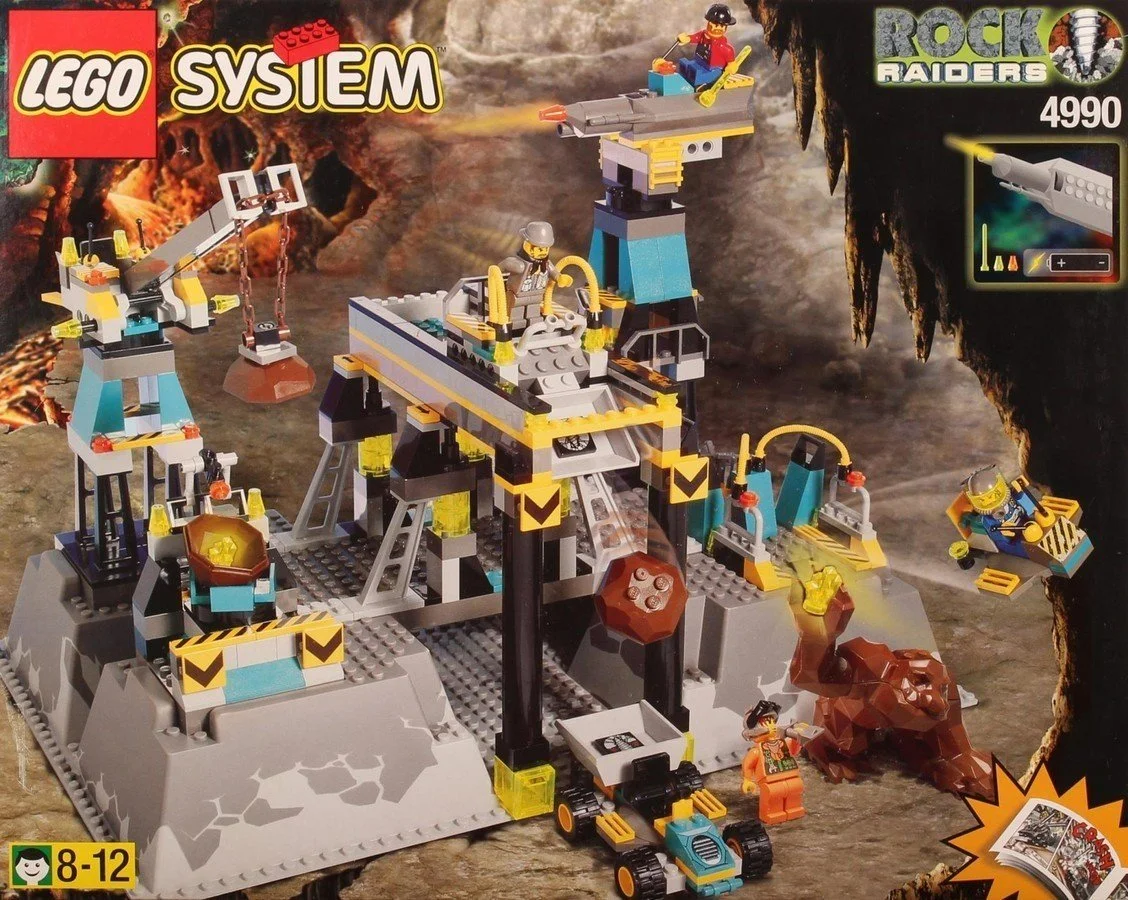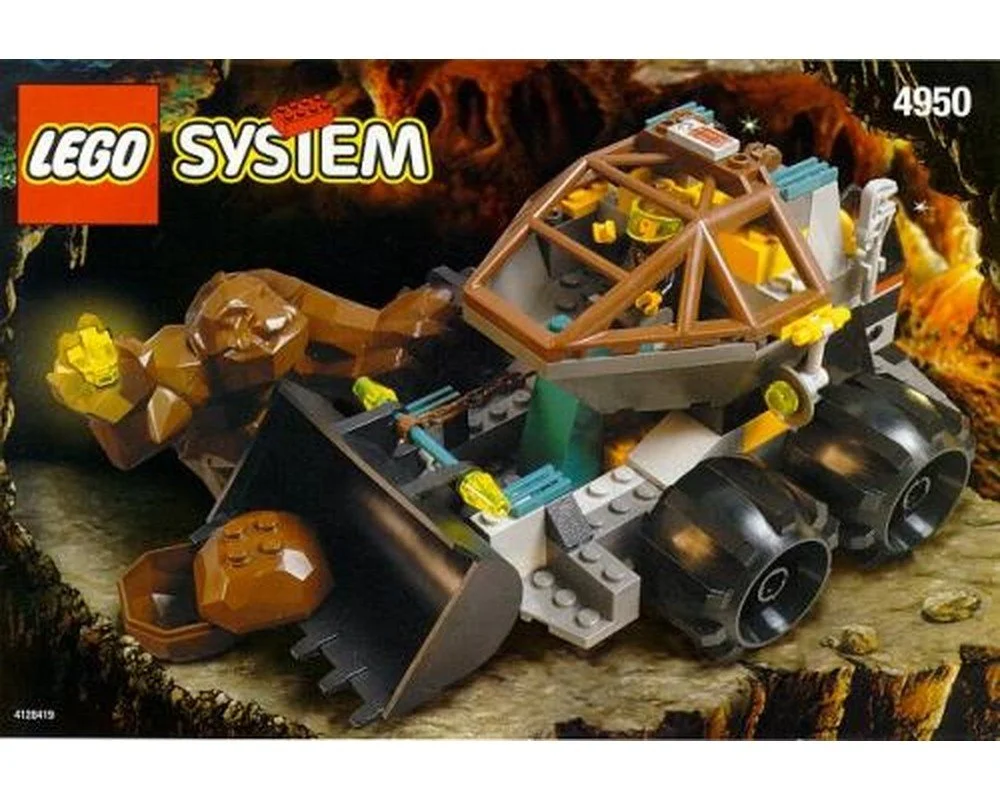Lego Rock Raiders as Space Horror
I am committing double avian homicide by means of a rock (monster) with this post. For those in the know, I called for the silliest yet blog bandwagon on the nebulous topic of “holes”. Meanwhile, Anne of DIY & Dragons invited everyone to participate in her 2nd annual Lego RPG Jam. By miraculous and near-instantaneous revelation, I thought to combine these prompts by means of producing something inspired by the 1999 Lego Theme (arguably a Space sub-theme although other Lego bloggers dispute this): Rock Raiders.
Rock Raiders was Lego’s attempt at a multi-media blitz of original IP. There were a smattering of sets released in the basically single-year run for the theme (they released a keychain in 2000; I don’t count that), but they were accompanied by puzzle books, comics, a graphic novel, a book for elementary school readers, mini-comics, and a real-time strategy video game that garnered middling-to-fair reviews. The premise of the theme is that the spacecraft, the L.M.S. Explorer, is damaged and low on fuel. Fortunately, the ship's scanners are still operational and pick up a nearby planet in the solar system (Planet U) rich in Brickonium Energy Crystals, which can fuel the ship’s trip back home. Less fortunately, the planet is hostile and populated with monsters, naturally.
Rock Raiders was then scrapped–but not due to any failure of Rock Raiders itself so much as Lego’s catastrophic entry into the new millennium. In 2000, while the Rock Raiders video game was just hitting Playstation, The LEGO Group had an annual loss of $100m, which their CEO called “embarrassing and completely unsatisfying”. Per the BrickNerd blog, Lego turned the ship around, eventually but only by “focus[ing] back towards the core business” and discontinuing their product lines of “books, clothes, wristwatches, and a planned fifth Legoland park”. Rock Raiders was simply one casualty in these cutting measures. It probably didn’t help that it debuted the same year that Lego dipped their toes into licensing a little-known sci-fi IP: Star Wars.
Learning about the setting of Rock Raiders immediately struck me as a potential for Mothership. It is no secret that Mothership is heavily inspired by Alien (1979), and Rock Raiders has all of the required elements for a similar story. You have a working-class crew (a driver, a sailor, a pilot, a mechanic, and their boss who is a space rescue expeditioner) and a scientist (geologist) that are stranded on an unknown planet with the desperate goal of needing to collect enough fuel to get the hell back home. Stranded space workers aren't enough, by themself, of course. To be a real candidate for a Mothership scenario, you need a key ingredient: a monster. When the Rock Raiders landed on Planet U, their scanners could detect the energy crystals, but they didn’t detect the native lifeforms that appear so similar to the geology of the planet and eat the energy crystals. Enter the Rock Monsters (boring name, but I guess they were named by the Rock Raiders who were probably too busy to workshop something more evocative), which were by far the most iconic piece of the theme. I remember seeing one in the big tub of assorted Legos at my school’s afterschool program, but I guess some kid took it home with them because I only ever saw it once.
It is time to reclaim the Rock Monster that eluded me in childhood. This year, rather than asking us to work on a setting (which I did last year with my own Trouble in Paradisa, a beach-themed murder mystery pamphlet adventure), Anne advised us to “write whatever [we] like - a class, a monster, a faction, an adventure site, a sandbox, a setting.” I choose a monster, which I will present using Mothership stats because I think the overall Rock Raiders setting just calls for a Mothership adventure. In fact, if you are so inclined, you may use this in your own Rock Raiders-inspired adventure (i.e., consider this monster stat released under a CC-BY 4.0 license).
The Rock Monster has a chance to be a memorable threat because of a classic trait of several good monsters. What makes the conceit work is that the Rock Raiders/player characters need the energy crystals (in Mothership parlance, perhaps warp cores, which perhaps have to first be refined on the planet before they can be used by the L.M.S. Explorer) to get home, but the Rock Monsters need them to live. The Rock Monsters are peaceful until the players start taking their food. The player characters, not the monsters, are the real aggressors. I have always enjoyed monsters that don’t just attack the player characters but attack their stuff. The ur-example is the rust monster, which to a fighter decked out in plate mail and carrying their ancestral sword is scarier than all but the biggest dragons. However, my favorite stuff-eating monster has always been the underutilized aurumvorax, an eight-legged badger that eats gold. Especially in games where XP is awarded for gold, the aurumvorax is memorable because of what a massive pain-in-the-PC’s-asses it can be. In a Mothership scenario where the player characters are singularly focused on finding fuel, a monster that eats fuel and attacks anyone attempting to mine it simply makes sense.
Rock Monster [C:90 Claws 3d10 or Stone Club/Boulder 4d10 I:40 DR:5 AP:15 W:6(30) Takes Double Damage from Laser Cutters]
A subterranean species made entirely of minerals with glowing red eyes. They feast on warp cores. Rumored to be remnants of an ancient civilization or devolved from an ancient civilization after societal collapse.
Signs: They remain perfectly still when not hunting, such that some travelers mistake them for statues built by an ancient civilization. When on the move, they are easily recognized by their growling, although they may otherwise blend into rocky terrain such as caves.
Impulse: Seek the warp cores. Eat the warp cores. Once a warp core has been devoured, hibernate.
Senses: Infrared vision. Can smell warp cores from an extreme distance.
Siege Engine: The Rock Monster can bust through walls of buildings and hulls of ships and tunnel through solid rock at its walking speed.
Crumble: After taking a Wound, the Rock Monster makes a Body Save. On a failure, they crumble into 1d4+1 Pebble Monsters [C:30 Claws 2d10 I:40 W:1(30)] which each will attempt to flee.
Tactics: They are not aggressive unless another non-Rock Monster is in possession of a warp core. Rock Monsters are somewhat slow but exceedingly difficult to kill.







